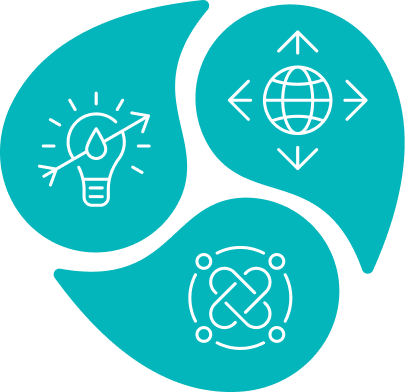Meaningful youth engagement and the empowerment of youth is an intentional participatory process in which young people’s ideas, expertise, experiences, and perspectives are integrated throughout programmatic, policy, and institutional decision-making structures so as to best inform outcomes. This Tools discusses the importance and benefits related to engaging youth in water governance processes, highlights key challenges and consideration relating to youth engagement, identifies approaches that can be used to further promote meaningful participation of youth, and highlight noteworthy youth water action networks.
About 450 million children live in areas of high and extremely high-water vulnerability (UNICEF, 2021). This means that 1 in 5 children worldwide does not have enough water to meet their needs. The limited accessibility to consistent, clean water heavily impacts young people’s future prospects as well as their lives here and now. As the water crisis continues to worsen, wells dry up forcing children to bear the heavy burden of fetching water thus reducing time spent in school, drought diminishes food production, and the young suffer from malnutrition and in some cases (UNICEF, 2017). These impacts also create long-term inequalities as not having basic education can affect their accessibility to employment continuing the cycle of poverty, and limiting future participation in decision making processes.
Far from being mere beneficiaries of a water secure world, youth have been active architects and partners in the development and promotion of improved water management strategies. Young people have always been drivers and influencers for social change through advocacy and on-the ground mobilisation and action, in a variety of areas from environmental injustice to human rights, through street protests, social media, national debates, research and journalism, leading to behavior changes, innovative solutions and increased knowledge and awareness in the wider public. Youth voices, actions and solutions, as well as their reach, courage and willingness to act, have all been essential for the achievement of sustainable development where water is at its core.
Understanding and recognising the importance that water has on the lives of young people, illustrates the need for them to be meaningfully engaged and empowered to influence water decisions. The inclusion and participation of young people is not meant to be a “nice thing to do” but their participation is a right (Universal Declaration of Human Rights) it is also included in the 2030 Agenda and many other convention and declarations, such as the United Nations Security Council Resolution 2250.
Institutions who listen to and include young people in their decision-making are more likely to develop programmes and policies that reflect young people’s experiences, making those programmes more effective while also more efficiently using resources (OECD, 2018). In addition, experience shows that engaging young people as researchers, evaluators, advocates, and program designers can improve the quality and relevance of data collected and can increase program accountability and support (Women Deliver, 2016). Recognising the centrality of the role of young people opens the door for meaningful participation from traditionally marginalised people more broadly.

 IWRM Tool - C5.01
IWRM Tool - C5.01